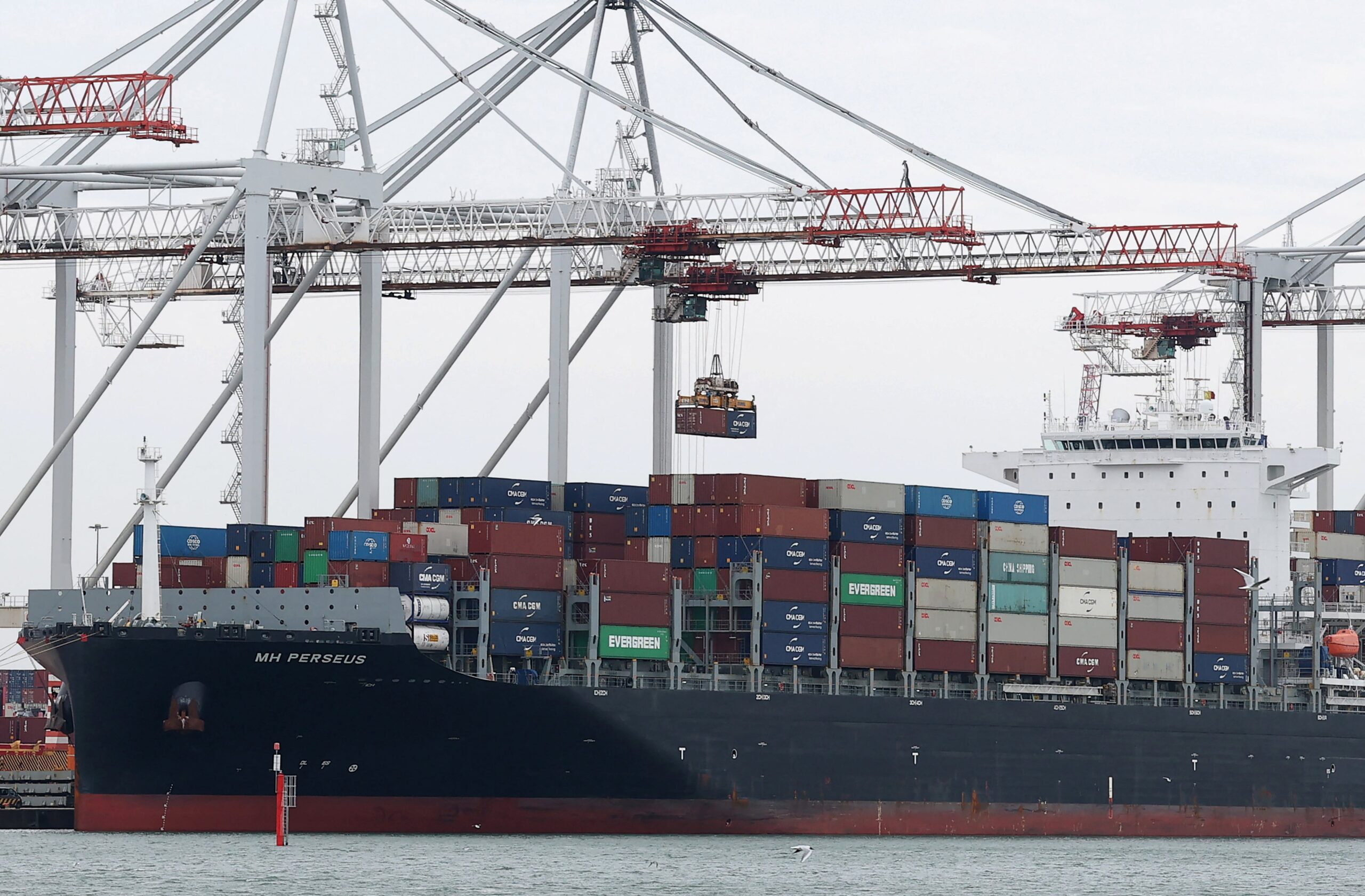
Economic Downturn: UK GDP Falls Sharply in April, According to ONS
The UK economy contracted unexpectedly by 0.3% in April 2025, marking its sharpest monthly decline since October 2023, according to the Office for National Statistics (ONS). This performance fell short of economists’ forecasts, which had anticipated a 0.1% decrease .
Key Factors Behind the Contraction
- Trade Disruptions: A significant drop in goods exports to the U.S., amounting to £2 billion—the steepest monthly decline since records began in 1997—was a major contributor. This downturn followed the imposition of broad tariffs by the U.S.
- Manufacturing Slowdown: Car manufacturing fell by 24% in April, as companies like Jaguar Land Rover and BMW aligned planned shutdowns with the original Brexit departure date of March 29, 2025.
- Sectoral Weaknesses: The real estate and legal sectors also experienced declines, while car manufacturers reported decreased production and exports .
Economic Outlook and Policy Implications
Despite a 0.7% growth in Q1 2025—the highest among G7 nations—the Bank of England adjusted its full-year growth forecast to 1% and reduced its 2026 forecast to 1.25%, anticipating a 0.3% output hit from tariffs over three years . Policymakers now face a challenging balancing act between curbing persistent inflation and addressing slowing economic growth, exacerbated by reduced hiring and investment due to increased labor costs introduced by Finance Minister Rachel Reeves.
The contraction in April adds to a series of disappointing economic indicators, including a 0.1% decline in January and a flat performance in March. This trend suggests a potential slowdown in the UK’s economic recovery, prompting concerns among policymakers and investors alike.
